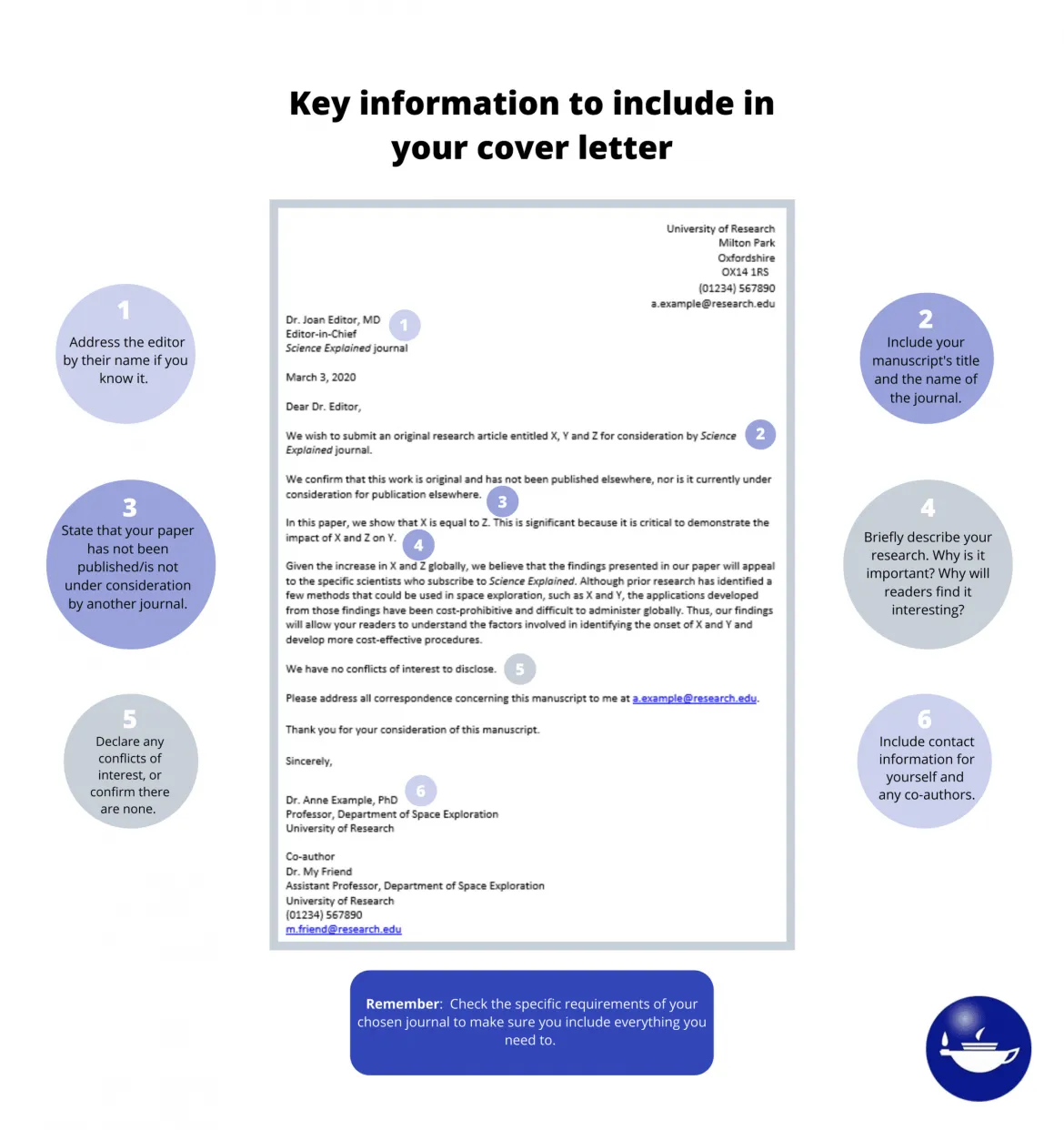Submitting a research paper to a journal is a significant achievement for any academic or researcher. However, the quality of your research is only one part of the equation. A well-crafted journal cover letter is equally crucial, acting as your first impression and setting the tone for your submission. This guide provides a step-by-step approach to writing an effective journal cover letter, significantly increasing your chances of acceptance and publication.
Understanding the Importance of a Journal Cover Letter
A journal cover letter is more than just a formality it is a powerful tool that can influence an editor’s initial perception of your work. A well-written cover letter can make the difference between your manuscript being sent for review and being rejected outright. It’s your opportunity to introduce yourself, highlight the key aspects of your research, and explain why your work is a good fit for the target journal.
Why a Cover Letter Matters for Journal Submissions
Editors often receive a high volume of submissions. Your cover letter helps you stand out from the crowd by concisely summarizing your research and emphasizing its significance. It offers context that the manuscript alone may not provide, such as your motivations, the broader implications of your findings, and any specific requests or considerations for the editor. A compelling cover letter can make an editor more inclined to read your manuscript and send it for peer review.
Key Elements to Include in Your Cover Letter
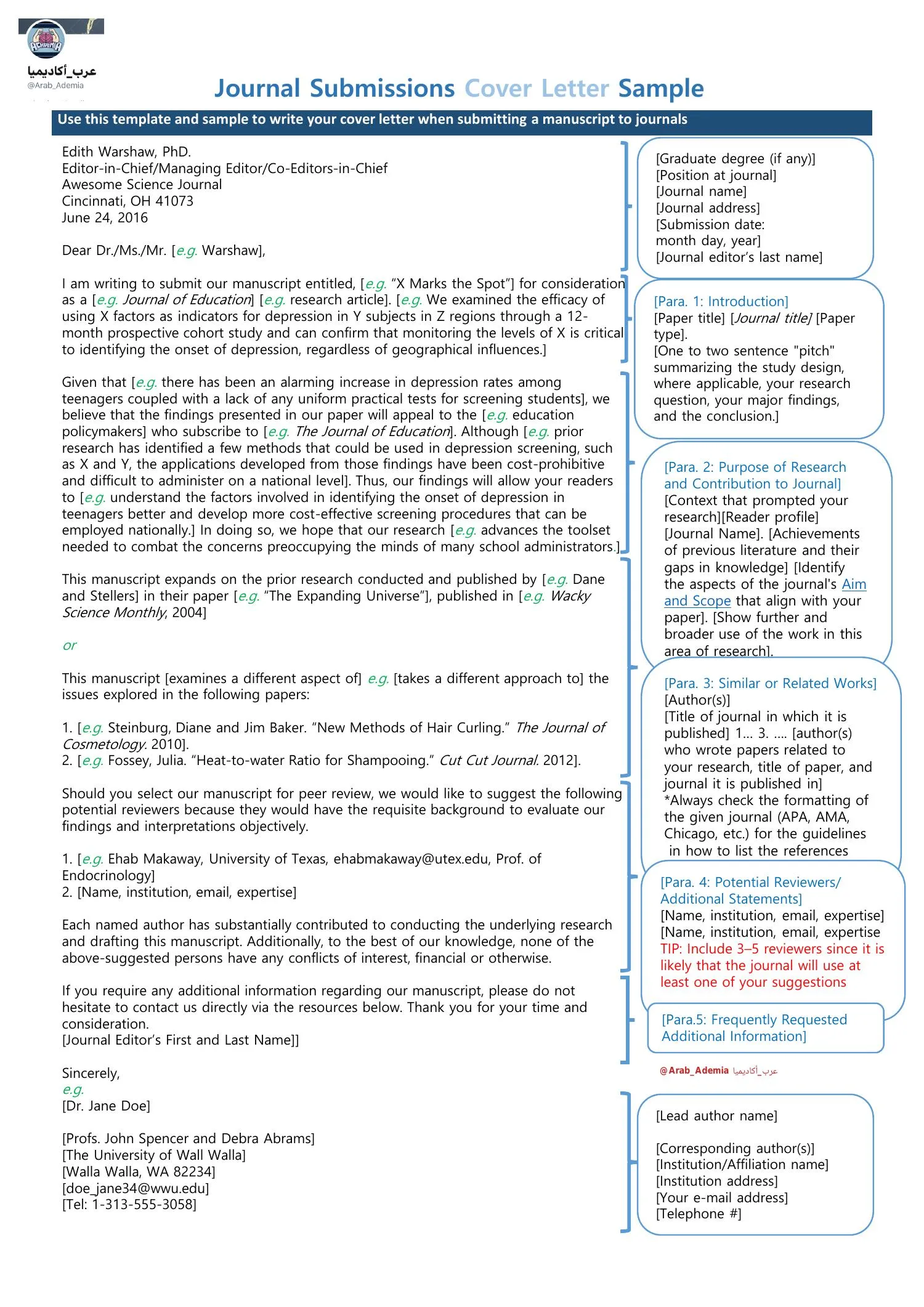
A strong cover letter includes several key elements. Begin by addressing the editor by name, if possible, and clearly state the manuscript’s title. Briefly summarize your research question, methods, and key findings. Highlight the novelty and significance of your work, and explain why it is a good fit for the journal’s scope. Express gratitude for their consideration, and provide your contact information. Ensure your letter is professional, concise, and error-free.
Step 1 Research the Target Journal
Before you even begin writing your cover letter, thorough research on the target journal is essential. Understanding the journal’s scope, audience, and specific requirements will help you tailor your letter and increase your chances of acceptance. Failing to do so can lead to immediate rejection, so take the time to get it right.
Understanding the Journal’s Scope and Requirements
Visit the journal’s website and review its aims and scope section. Determine the types of articles they publish, the topics they cover, and the intended audience. Note any specific formatting guidelines, submission requirements, or preferred language. Paying close attention to these details shows the editor that you have done your homework and are serious about publishing in their journal. Ensure the journal aligns with your research, if it does not, then your chance of acceptance will decrease dramatically.
Finding the Right Audience
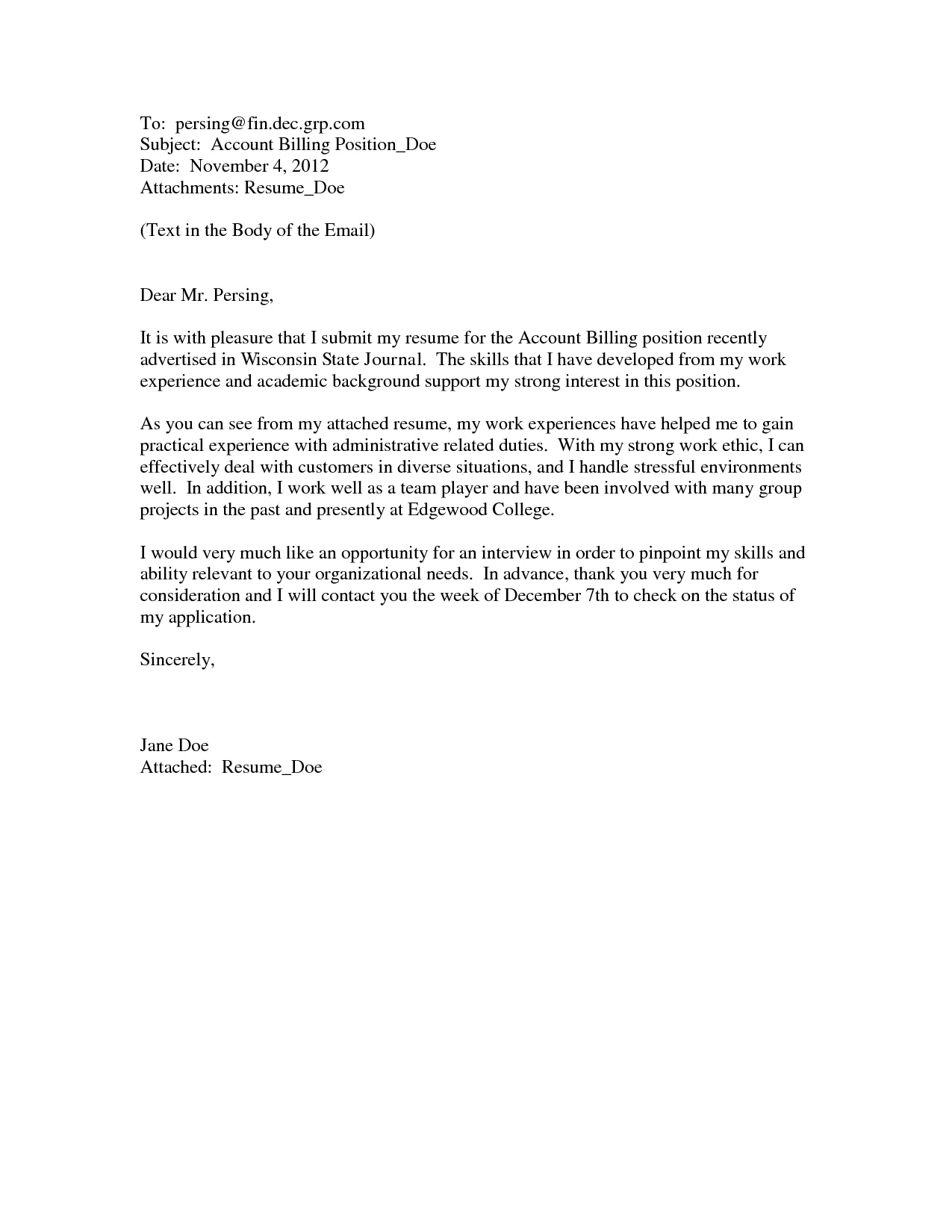
Consider the journal’s readership. Is it a broad audience, or does it focus on a specific niche? Tailor your language and explanations to match the readers’ level of expertise. Addressing the right audience increases the likelihood that your research will resonate with them and that they will understand your work. Some journals publish articles for specialist audiences and some for wider audiences; make sure you understand which is applicable for your work.
Step 2 Personalize Your Cover Letter
A generic cover letter is easily identifiable and often leads to immediate rejection. Personalizing your letter demonstrates your interest in the journal and your respect for the editor’s time. Address the editor by name and tailor the content to show you understand the journal’s specific focus. This level of personalization sets you apart from the majority of submitters and makes your letter more compelling.
Addressing the Editor and Highlighting Relevance
Whenever possible, address the editor by name. This small detail shows you’ve taken the time to find out who they are and demonstrates respect. In the body of your letter, clearly state the title of your manuscript and briefly explain why it is relevant to the journal’s scope and readership. Mention any previous publications or contributions to the field, if applicable, which can help establish your credibility and authority.
Tailoring Your Letter to the Journal’s Specifics
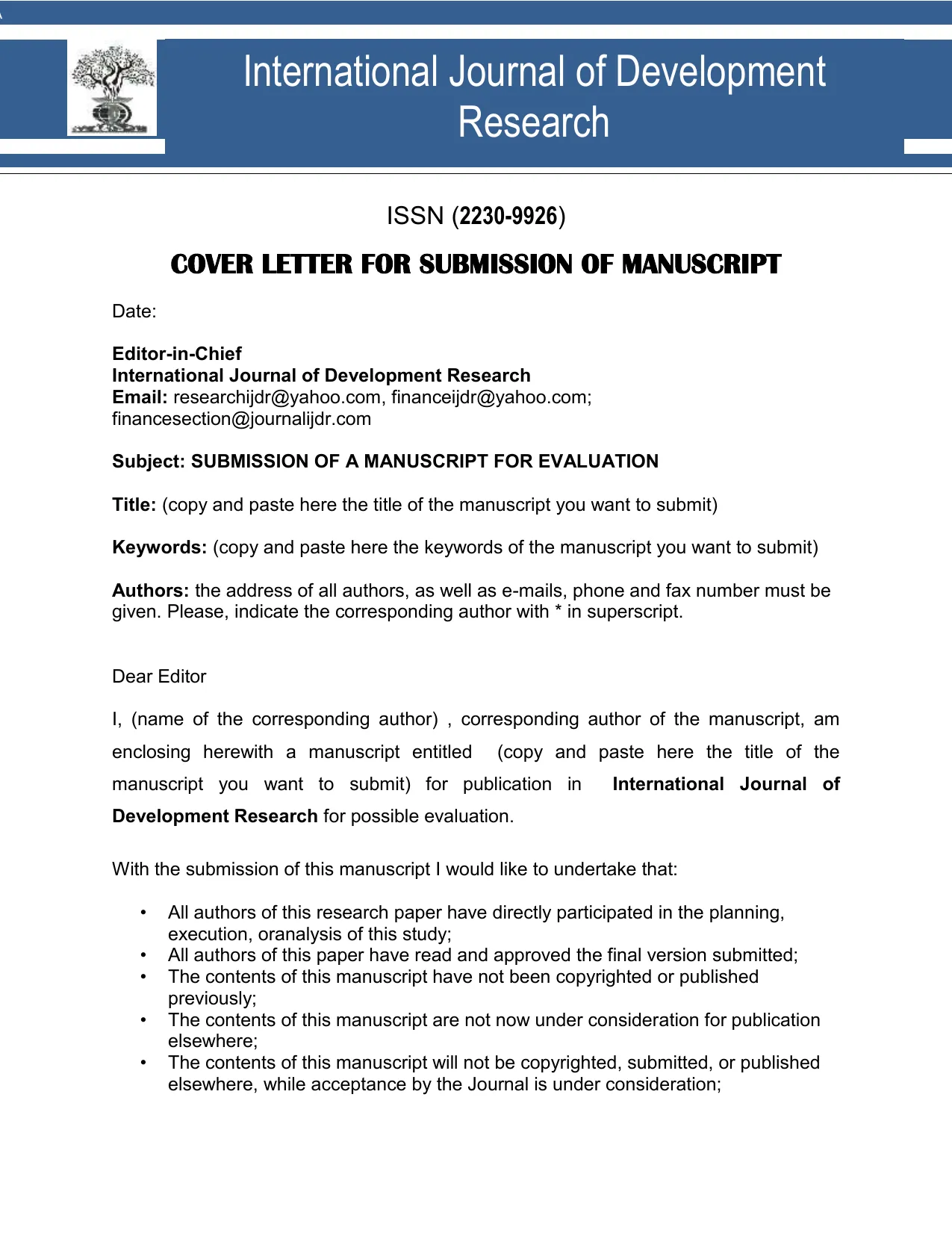
Use language and terminology that aligns with the journal’s style. Refer to recent articles published in the journal and explain how your work builds upon or complements existing research. Customize your letter to highlight how your work meets the journal’s specific requirements. For example, if a journal focuses on a specific methodology, you might emphasize how your study aligns with their focus. This demonstrates your understanding of the journal’s mission and enhances the chances of acceptance.
Step 3 Clearly State Your Research’s Purpose and Significance
The primary function of your cover letter is to succinctly communicate your research’s purpose, methods, and key findings. This summary allows the editor to quickly grasp the essence of your work and assess its suitability for the journal. Keep the summary concise, compelling, and focused on the most important aspects of your study.
Summarizing Your Study in a Concise Manner
Start with a clear statement of your research question or objective. Briefly describe your methodology, highlighting the key techniques or approaches used. Avoid technical jargon that could confuse the editor. Use clear, straightforward language to explain what you did and how you did it, while keeping the explanation to a minimum. Aim for clarity and brevity.
Highlighting Your Key Findings and Contributions
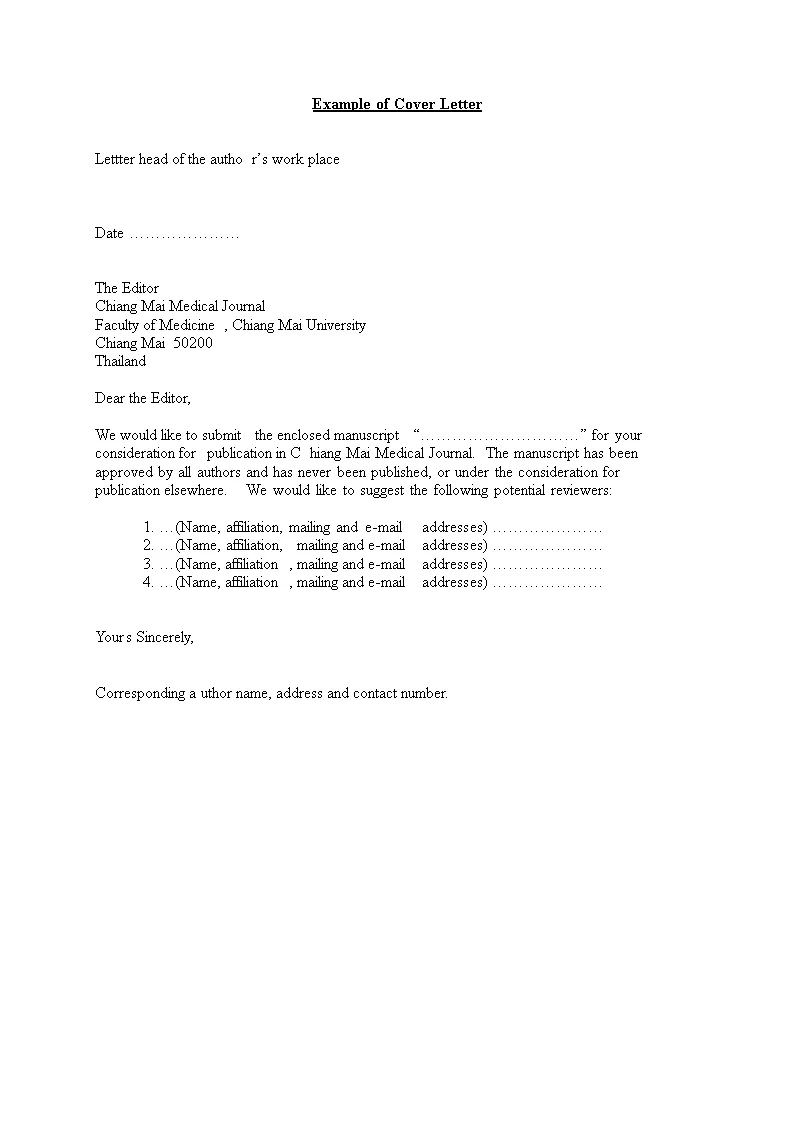
Emphasize the most significant findings and contributions of your study. Explain how your research advances knowledge in the field or addresses a specific gap in the literature. Quantify your results whenever possible. For example, if your study found a statistically significant relationship, state the p-value or the magnitude of the effect. If the journal has a word limit, then ensure that you don’t overload your explanation.
Step 4 Emphasize the Novelty and Impact of Your Work
A journal cover letter should not only summarize your research but also emphasize its novelty and potential impact. Editors are always looking for original contributions that advance the field, so it’s important to clearly articulate why your work matters and what makes it unique. Highlighting the innovative aspects of your research is a very important step.
Explaining the Study’s Novelty and Contribution
Clearly state what is new and unique about your research. What new knowledge does it provide? Does it challenge existing theories or offer new insights? Explain how your findings contribute to the existing body of knowledge. You might also mention any practical implications of your research, such as potential applications or benefits. Showing how it impacts a field is essential for acceptance.
Discussing the Implications of Your Research
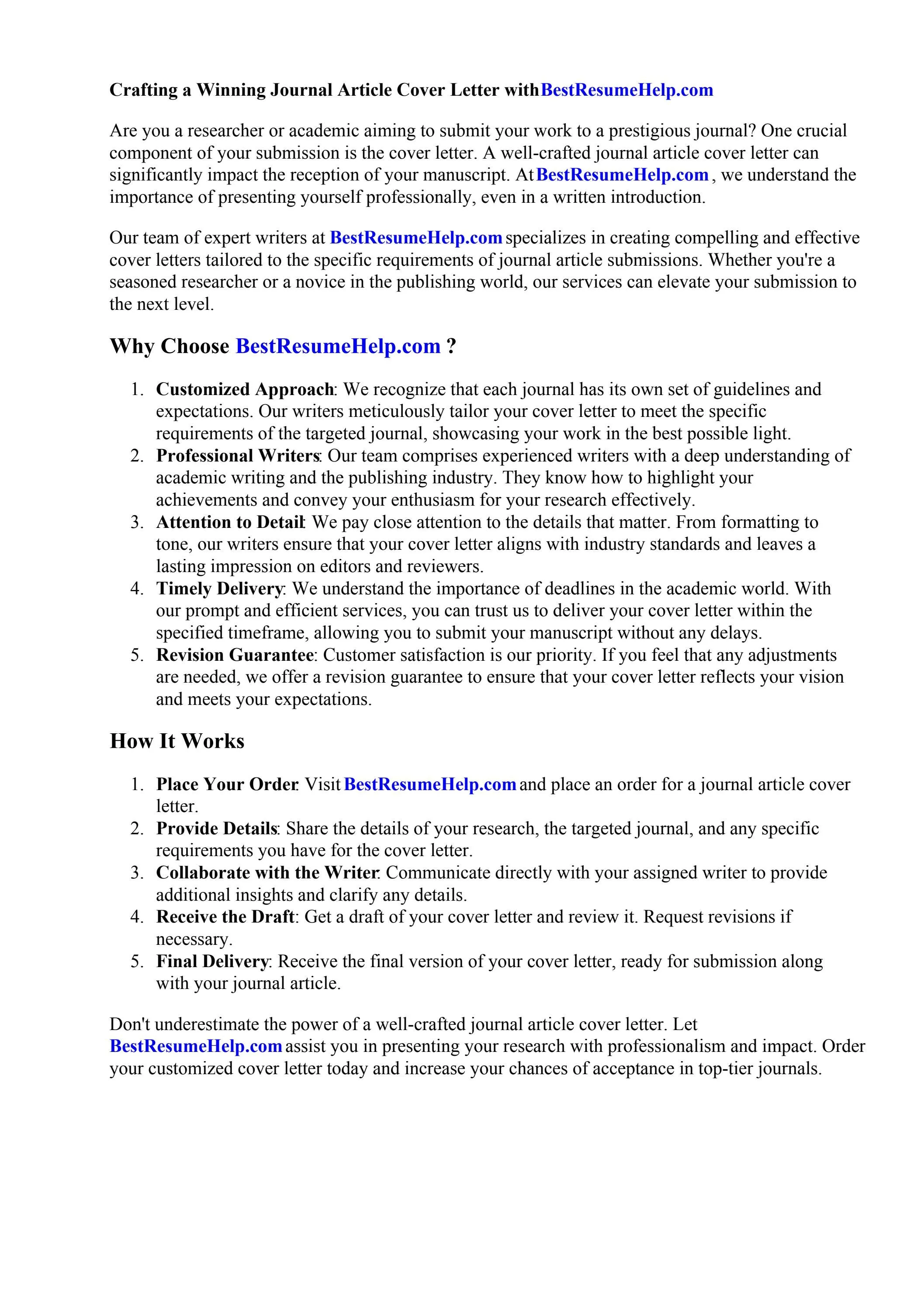
Discuss the broader implications of your research. What are the potential benefits or impacts of your findings? Who might be affected by your work? Consider how your research might be used to inform policy, improve practices, or inspire future studies. Explain any limitations of your study, and suggest avenues for future research. This demonstrates a comprehensive understanding of your work and its relevance.
Step 5 Close with Professionalism and Gratitude
The concluding section of your cover letter is your final opportunity to make a positive impression. End on a professional note and express your gratitude for the editor’s time and consideration. Double-check all the details before you submit, because this is your final chance to make a good impression. This section should be brief, clear, and polite.
Expressing Gratitude for Their Consideration
Thank the editor for considering your manuscript for publication. Reiterate your interest in the journal and express your enthusiasm for the possibility of your work being published. Use phrases like “Thank you for your time and consideration” or “We appreciate your attention to this matter.” This respectful tone will leave a positive lasting impression.
Providing Contact Information and Necessary Attachments
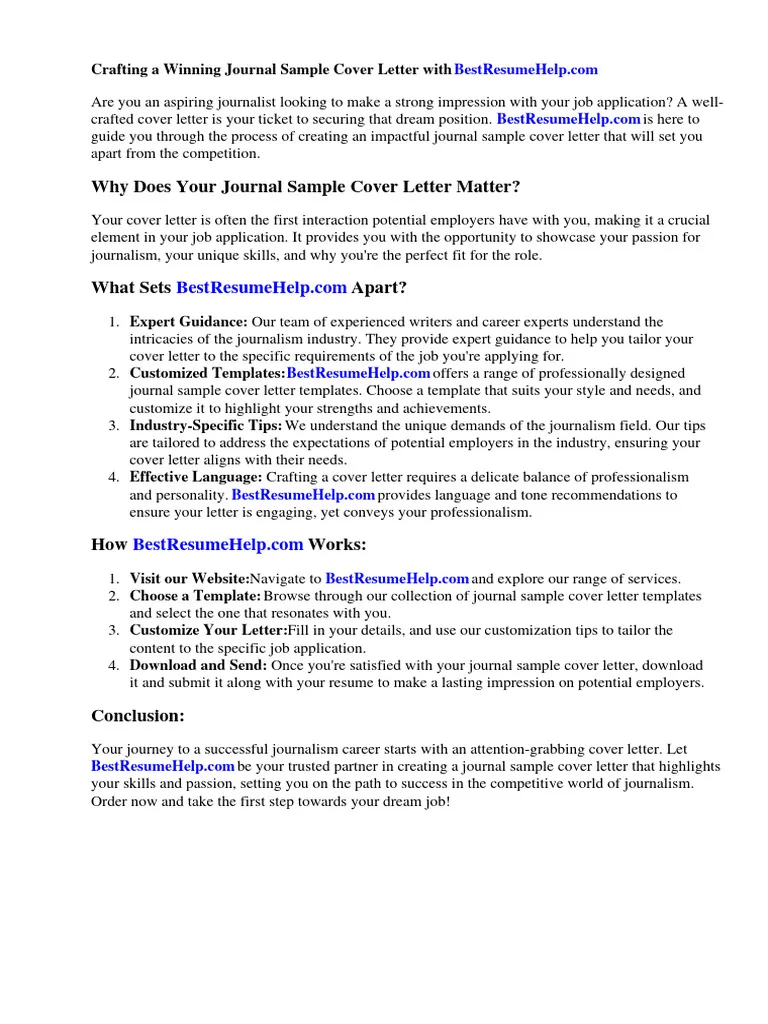
Include your contact information, including your full name, affiliation, email address, and phone number. Make sure to mention the names of all authors and their affiliations. Clearly state that all authors have approved the submission. Indicate the attachments included with your submission, such as the manuscript, tables, and supplementary materials. Ensure that the file names are correctly mentioned, and that all the attachments are present. Proofread your cover letter carefully before submitting it.
In conclusion, writing a compelling journal cover letter is a critical step in the publication process. By following these five steps—researching the target journal, personalizing your letter, clearly stating your research’s purpose, emphasizing novelty and impact, and closing with professionalism—you can significantly increase your chances of acceptance. Remember, the cover letter is your first chance to make a lasting impression, so take the time to craft a letter that effectively communicates the value and importance of your research. Good luck with your submission!
